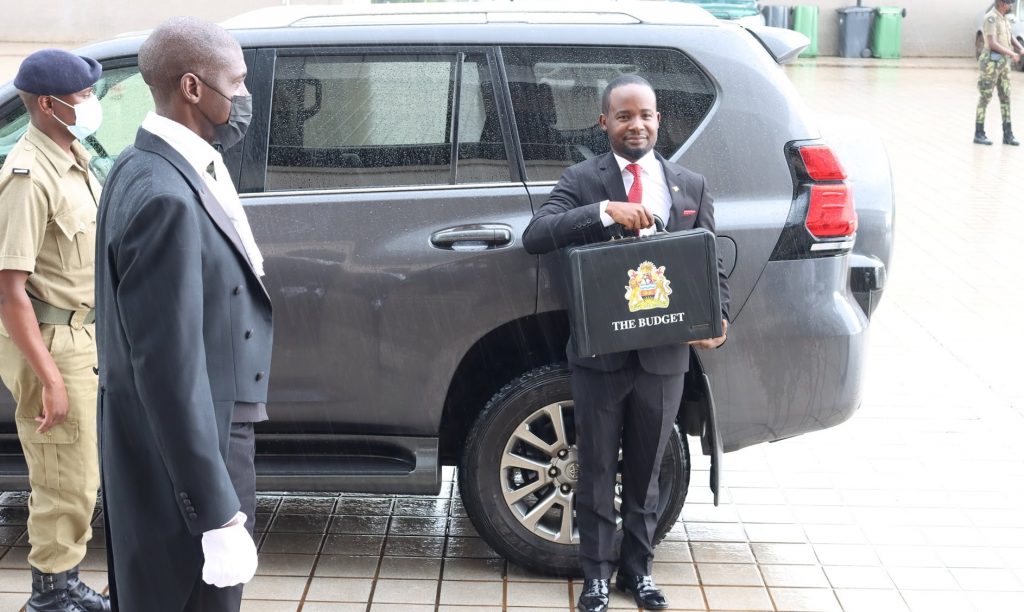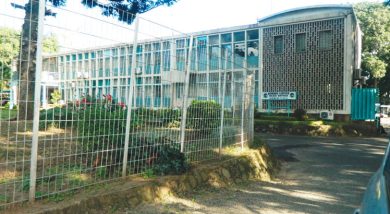Poor budget transition caused debt—treasury
The Ministry of Finance has attributed the country’s rising public debt to lack of scaling down on expenditures when development partners dumped Malawi after Cashgate in 2013
Secretary to the Treasury MacDonald Mafuta Mwale said this in an interview on Thursday on the sidelines of a public lecture by development economist Frank Ngalande titled: Public Debt Sustainability.

As a consequence of the plunder of taxpayers’ money in 2013, development partners stopped direct budget support.
Mwale said Cashgate could have been a realisation point that the country had lost direct budget support and needed to moderate its spending.
He said: “The main cause of our debt could be the borrowing that was happening at some point which was replacing donor support after donors had left us. At that time, we had 40 percent of the budget financed by donors.
“When we had the unfortunate incident of Cashgate, donors lost confidence in our systems and we lost the 40 percent support. However, instead of us as a country adjusting our expenditure downwards, we maintained it at the same level and substituted the donor support with borrowing.”
Mwale said Treasury previously could include donor commitments in the budget, a development that forced ministries, departments and agencies to borrow to fill the gaps left by donors.
As a remedy, he said Treasury is now factoring in donor commitments which have been concluded to avoid budget gaps when donors do not commit.
Treasury figures show that as at December 31 2021, total public debt stock stood at K5.8 trillion or 56.8 percent of rebased gross domestic product (GDP) compared to a stock of K5.45 trillion.
Ngalande, who hosted the public lecture, said there is hope that the country’s debt could be sustainable with proper macroeconomic policies.
He said the lecture was aimed at assessing Malawi’s debt and fiscal sustainability risk and proposed that the country should improve its productive industrialisation and manufacturing capabilities as one of the main strategies to improve revenue base and sustain its debt.
Ngalande said: “This may be possible through increasing our economic growth, which comes by improving our productive capacity.
“We need to initiate innovative ways of producing locally and export to be able to stabilise our fiscal balance going forward.”
Already, the 2022/23 National Budget has a deficit of K884 billion in nominal terms translating to 7.7 percent of GDP, which will be financed through borrowing.
Malawi like many other sub-Saharan Africa countries has a high prevalence of public debt despite qualifying for debt relief in 2006 under the Highly Indebted Poor Countries (Hipc) initiative by the World Bank and the International Monetary Fund.
Prior to the Hipc debt relief in 2006, Malawi’s debt to GDP rose to 130 percent, and from 2006 the debt has risen again from 30 percent (2006) to 59 percent (2021) against a Southern African Development Community convergence target of 60 percent.
After debt relief, Malawi has been implementing the Debt Management Strategy post debt relief attained in 2006, only for public debt to head back towards unsustainable levels standing at about 59 percent of GDP currently.
Fourteen years post-Hipc debt relief, Malawi, at the 2020 United Nations General Assembly, requested for additional debt relief considering the macroeconomic shocks experienced due to the Covid-19 pandemic.





